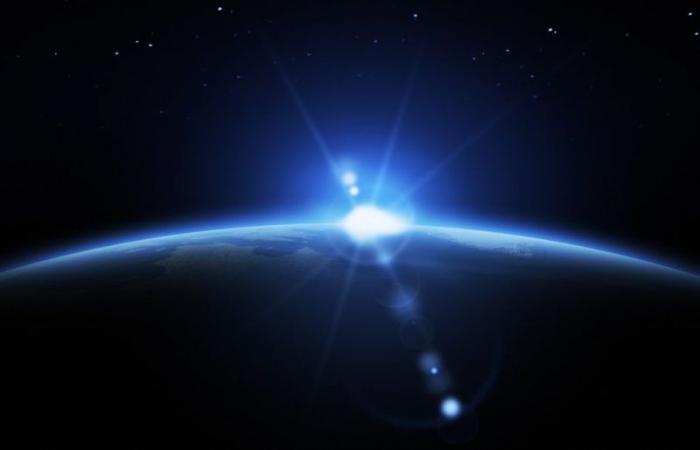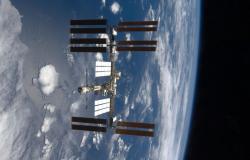Major advances in human spaceflight and astrophysics often come in big packages, like the Saturn V rocket or the giant James Webb Space Telescope. But there are other, smaller space missions that carry big aspirations, like NASA’s recently announced Landolt CubeSat satellite.
Although described as an “artificial star,” this satellite—named after astronomer Arlo Landolt, creator of the widely used photometric standards for measuring starlight—is incredibly small, about the size of a bread box. According to a news release from George Mason University in Virginia, which will host the Landolt Space Mission, the goal of this $19.5 million project is to mimic starlight in Earth’s night sky so astronomers can can accurately calibrate their instruments.
The creation of an artificial star – and, above all, the exact knowledge of its photon production per minute – will contribute to the search for dark matter and even extraterrestrial life by increasing the precision of telescopes. Absolute calibration points are difficult in astronomy because of atmospheric interference from Earth, but also because astronomers cannot be 100% sure of the photometric production of distant stars.
With Landolt in orbit, four ground-based telescopes located in Virginia, Hawaii, California and Chile will be able to help astronomers determine the absolute flux capacity of a star to within 0.25%, about 10 times more precise than is possible. currently.
“This mission focuses on measuring fundamental properties used every day in astronomical observations,” Eliad Peretz, Landolt’s deputy principal investigator, stated in the press release. “It could impact and change the way we measure or understand the properties of stars, the surface temperatures and the habitability of exoplanets.”
Construction of the satellite will be the result of a collaboration between George Mason University, NASA, the National Institute of Standards and Technology (NIST), and nine other organizations. Equipped with 8 different lasers, this small artificial star will be able to imitate almost any star – or even supernova – found in the night sky. More precise study of supernovae could help improve our estimates of the rate of expansion of the universe.
“This calibration at a known wavelength and laser power will eliminate the effects of atmospheric light filtering and allow scientists to significantly improve measurements,” Peter Pachowicz of George Mason University said in a press release. “Our team will design, build and integrate the payload, which – given that it will go very high in geostationary orbit – will face incredible challenges.”
Once launched in 2029, this small satellite will be placed in a geosynchronous orbit about 22,236 miles above the Earth’s surface. At that distance, terrestrial stargazers won’t see the satellite without the help of a telescope, so in a way it’s like an intentional and scientifically beneficial Starlink satellite (which astronomers aren’t too happy about). But the most important thing is that this distance allows the satellite to follow the rate of Earth’s rotation, so the star will appear fixed in space over the United States.
Although the night sky of the northern hemisphere will welcome an artificial intruder, it will help humanity better understand the universe and our place in it.
Darren lives in Portland, has a cat, and writes/edits about sci-fi and how our world works. You can find his previous stuff from him at Gizmodo and Paste if you look hard enough.







